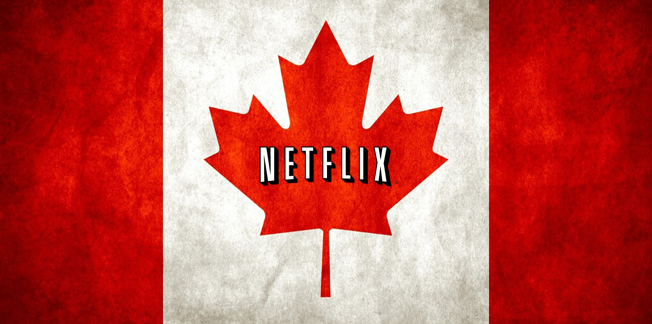Netflix vs. The CRTC: The War on CanCon

By: Brittany Green
Over the past couple of years, Netflix has managed to take the broadcasting industry by storm. Its ease of use, flexibility, and mobility, make watching television and movies more accessible than ever before. With soaring cable costs that offer few benefits, many are dropping their cable companies in favor of streaming services like Netflix. In fact, 190,000 Canadians said good bye to their cable packages in 2015 (CBC). While Netflix gives Canadians a more affordable and convenient way to access popular programming, it poses some bigger issues for the Canadian broadcasting and cable industries.
Recently, Netflix came under fire for is their lack of Canadian investments and for the fact that, unlike other Canadian broadcasters, it is not required to follow Canadian Content (CanCon) regulations. Is Netflix actually to blame for the lack of investment? Or should more fingers be pointed at the CRTC, who is in fact in charge of implementing such regulations?
In 1999, the CRTC first looked at this issue through its new media decision, which held that the CRTC was legally entitled to regulate new media, but chose not to do so, creating an exemption that excluded online video services from conventional broadcast regulation” (The Star).Since the 1999 decision, the CRTC has “revisited the new media decision on several occasions and despite the pressure to create ‘contribution programs’, they have maintained the idea that new fees are not needed” (The Star). The only change that has been made is the requirement that online broadcasters must disclose information to the CRTC if requested (The Star).
While Canadian Heritage’s Creating Content in a Digital World public consultations closed last week, it became quite evident over the consultation period that the regulation of Netflix (and similar forms of new media) were still on the forefront of the agenda for the CRTC. The two most popular subjects for debate included whether or not Netflix should be regulated under the Broadcasting Act and subjected to paying into the Canada Media Fund, and CanCon regulations.
On November 24, Netflix publicly responded to the Creating Content in a Digital World public consultations, stating that they make “substantial investments in film and TV productions in Canada and should not face regulation” (Financial Post). However, though this statement it is clear that Netflix defines “investments” and how the CRTC defines “investments” significantly differ. Netflix’s vice-president of content, Elizabeth Bradley stated, “We want to continue to invest in content in Canada in the way we have, which means continuing to spend money but not under a system that’s similar to the Canadian broadcasters, where there’s a regulation and paying into the (Canada Media) Fund” (Financial Post).
Instead of spending money under a system, Netflix argues that they contribute to investments through the creation and promotion of Canadian content. According to the online streaming giant, in this year alone they have “commissioned hundreds of millions of dollars of original programming produced in Canada” and have “also made dozens of commitments in 2016 for Netflix original movies and TV series that will be produced in Canada” (Financial Post).
Essentially, argument comes down to is what does this mean for the future of Canadian content? For many users, the low costs associated with Netflix is a large selling feature, and many Canadians are opposed to a tax-induced price increase that would be associated regulation. On the other hand, without regulation, Canada’s cultural industries could be jeopardized. This concern comes from the fact that Netflix, a company solely based out of the United States, has the freedom to produce whatever content they deem fit and categorize it as “Canadian”.
On November 24, 2016 the Networked Government Communications Lab hosted a public consultation for the Creating Content in a Digital World initiative, where topics such as Netflix Regulation were discussed and debated. If you’re interested in learning more about the lab or future events be sure to check back often.
Blogs